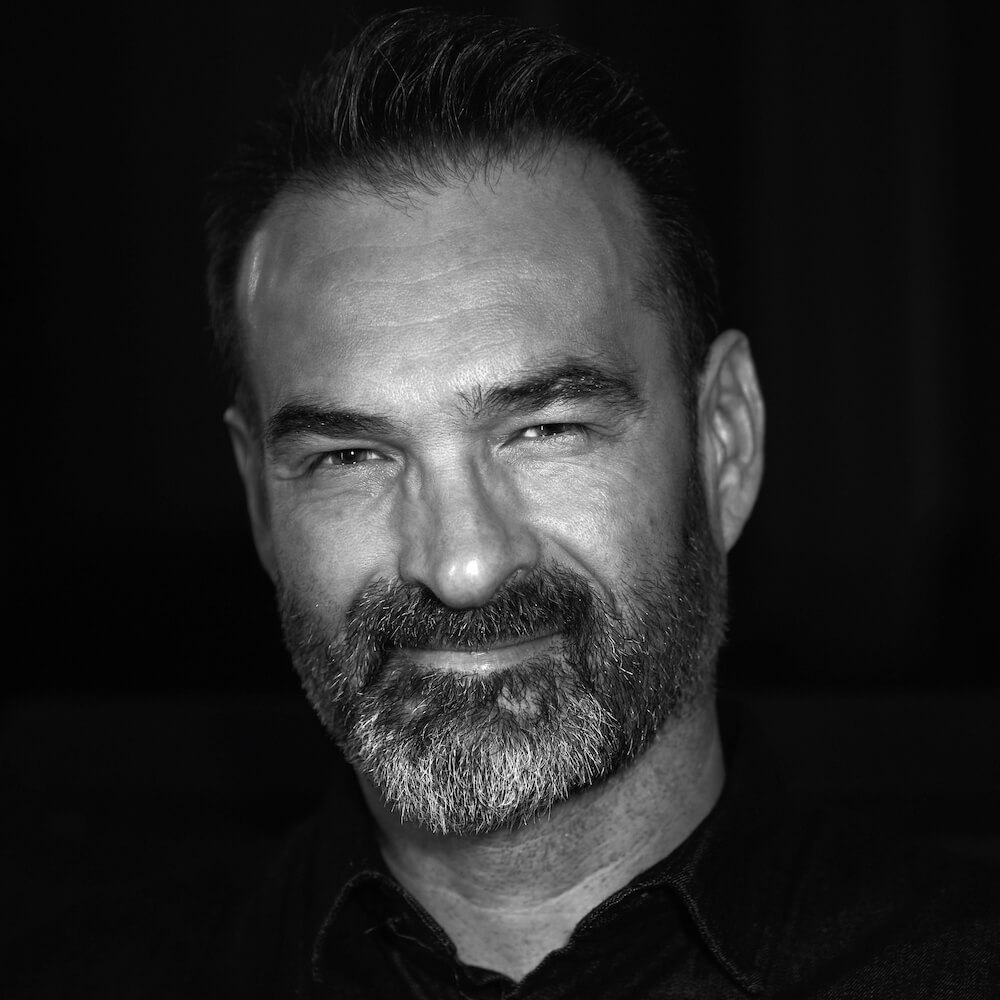I'm French and I've been living in Morocco for 15 years. I like to say that my work is music and everything else is my passion. I discovered photography at a young age via album covers, storm thorgerson, the square format. but I'd never dared try.
In the early days of covid, we had so much free time that I watched a lot of videos on the internet about photo techniques, the triangle, etc.
I borrowed a camera and went out, in the rare moments I was allowed, to shoot at the skatepark. It took me 10 minutes to set up and trigger the first shot, the skateboard levitating, in focus, the sun behind, I had, thanks to a lot of luck, succeeded in taking my first photo.
What a shock, if I'd missed it I'd have put the camera away in my bag forever, but since then I've done almost nothing else, since then I've had my first solo exhibition, I've been lucky enough to win a few prizes, to be published in a magazine and I travel for photography and the craziest thing is that I get paid for it.
Statement
I look out the window, what's the weather like? Is it raining? How's the sky? And the light?... especially the light. I prepare the bag, the camera, the lenses, which ones to choose? Who am I going to meet? What will I run into? I take several, I take too many, I know... but you never know.
I set off at random, music in my ears, I look for beauty, architecture, the street, people, a look, a cat, shadows and light... especially light.
I go out photographing like others go fishing, not because I like fish, but because I love these moments, the silence inside me, and if I come back with a beautiful photo or a 50-kilo trout, that's fine with me, but if I come back empty-handed? I still come back happy.
